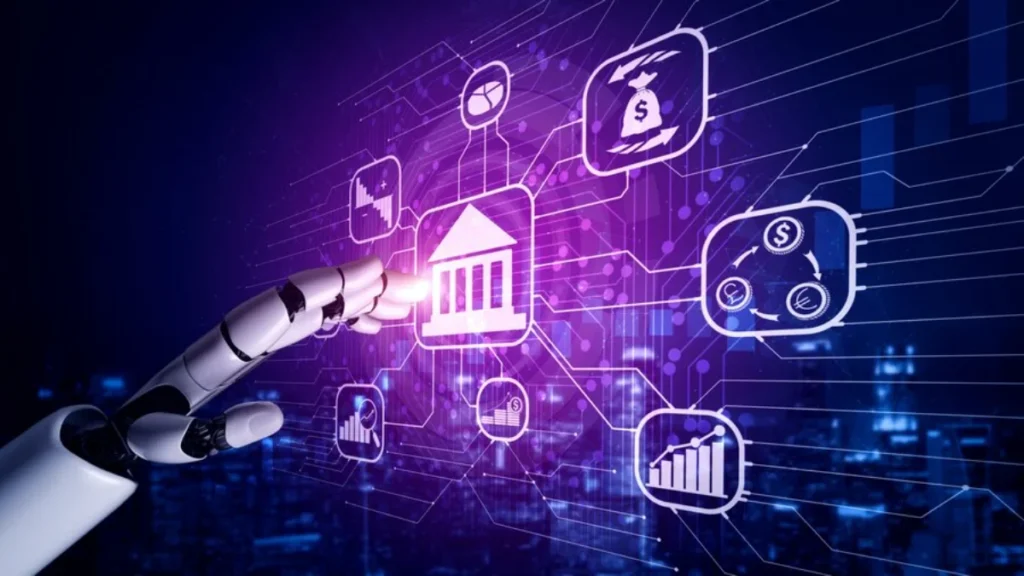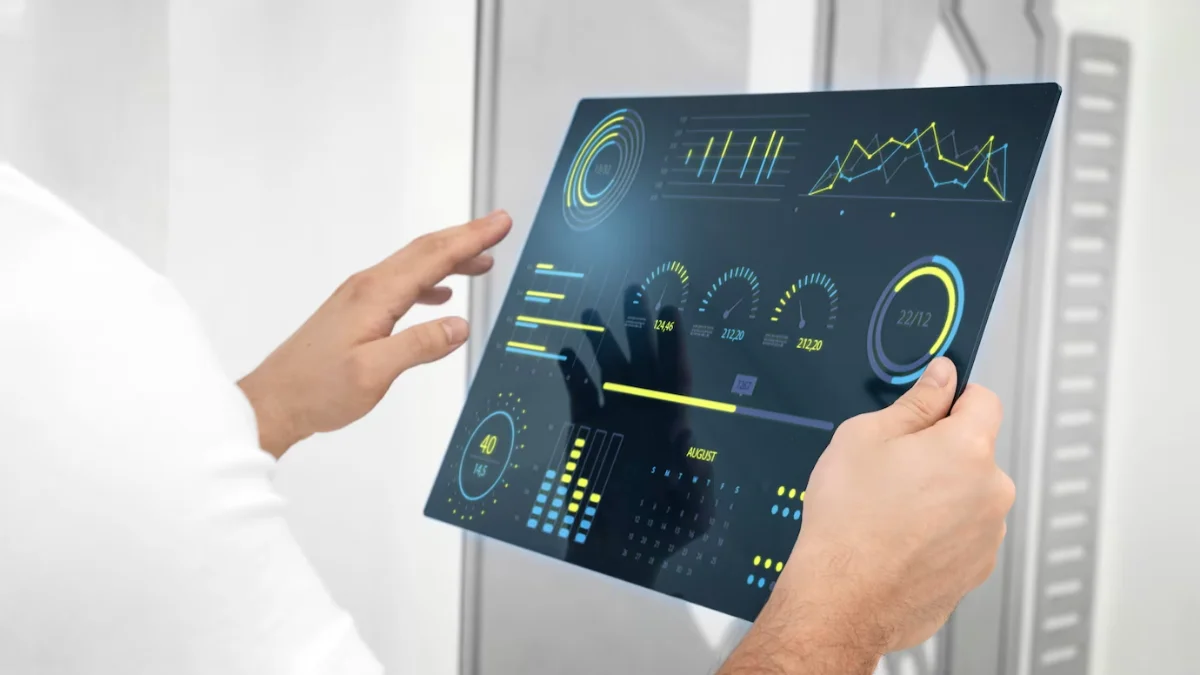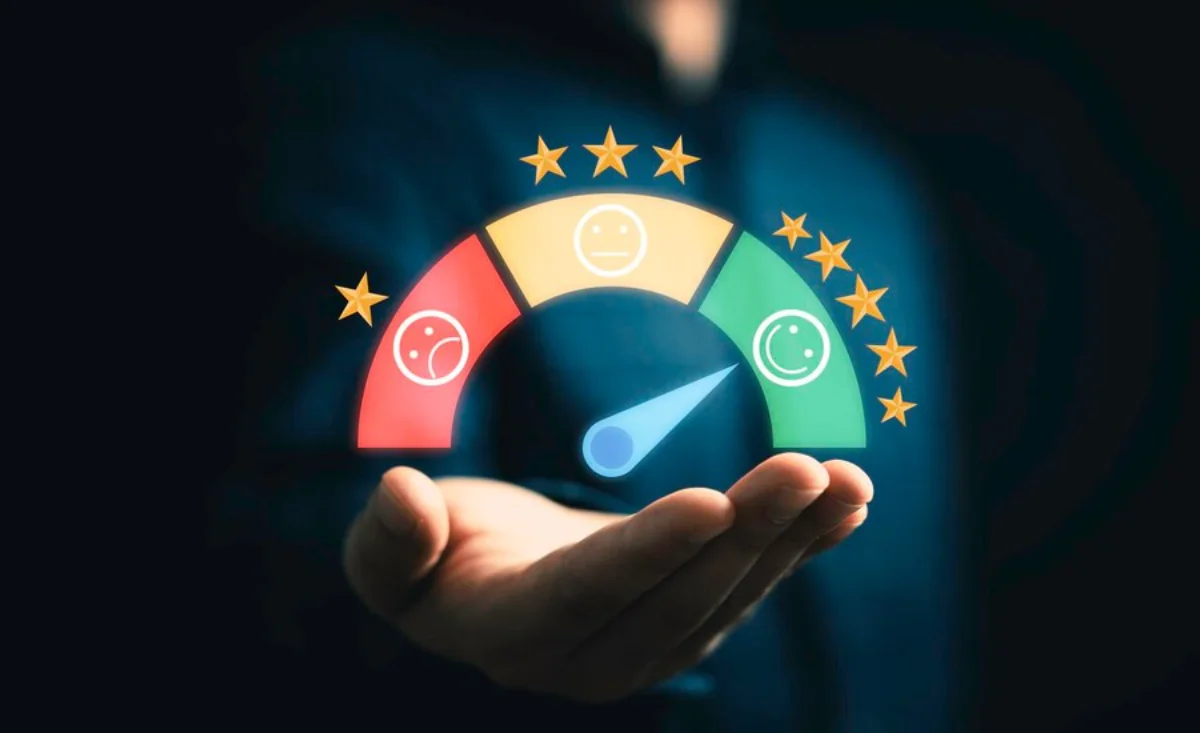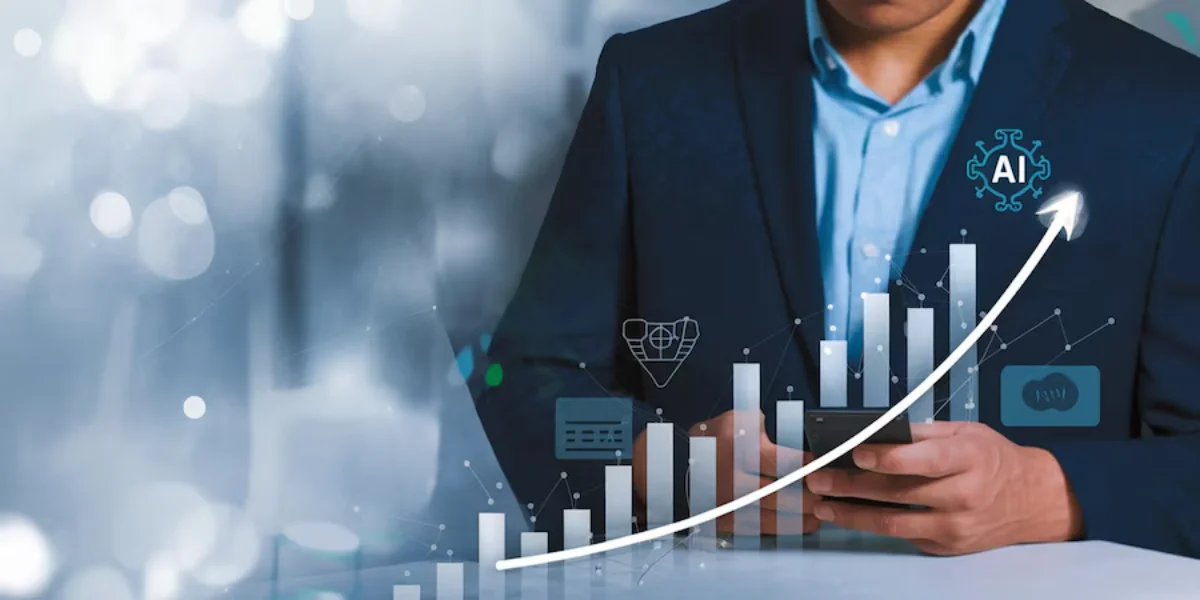The Technology Blog

How AI is Improving Sales Forecasting
Sales forecasting is the compass guiding business strategy. It empowers companies to predict revenue, manage inventory, and optimize their resources. Traditionally, this crystal ball peered into historical data, dependent on manual calculations. Alas, inaccuracies often clouded the view.
Enter AI, the modern alchemist of sales! With predictive analytics and machine learning, it elevates accuracy, speed, and flexibility to new heights.
By harnessing AI, businesses dive into the ocean of big data, spot emerging trends, and forecast future sales with unprecedented precision. This article unveils how AI is revolutionising sales forecasting. It highlights the benefits and reveals how companies can weave AI insights into their strategic fabric.
The Evolution of Sales Forecasting: From Traditional to AI-Driven Methods

Old-school sales forecasting clung to spreadsheets, past trends, and gut feelings. While useful, these methods struggled to pivot amid the whirlwind of market shifts. They lacked the agility to dance with surprises, leaving predictions flat-footed.
How AI is Changing Sales Forecasting
- Real-Time Data Processing – AI analyses live market data, consumer trends, and sales activities. It provides forecasts that are always up-to-date.
- Pattern Recognition – Machine learning models spot trends in customer behaviour, seasonal changes, and economic factors.
- Automated Forecast Adjustments – AI updates its predictions with new data. This keeps forecasts accurate.
- Reduced Human Error – AI eliminates biases and errors common in manual forecasting methods.
Quick Guide: AI in Sales Forecasting
1. Traditional vs AI Forecasting – Move beyond manual spreadsheets to real-time, dynamic forecasting.
2. Benefits of AI Forecasting – Gain accuracy, agility, and data-driven insights.
3. Predictive Analytics – Use machine learning to detect trends, segment customers, and anticipate market shifts.
4. AI Integration – Sync AI tools with your CRM and inventory systems.
5. Overcoming Challenges – Address data quality, cost, and team adoption.
Pro Tip
Start small. Begin by using AI to improve one part of your forecasting process—like lead scoring or inventory prediction—before scaling across departments. This minimises risk and builds team confidence.
Important
AI isn’t replacing sales teams—it’s empowering them. With AI handling complex data analysis, your salesforce can focus on building relationships and closing deals with greater precision and speed.
Key Benefits of AI in Sales Forecasting
AI-powered forecasting tools are the secret sauce for supercharging your sales strategy. These intelligent systems illuminate the path to business decisions that soar. Get ready to harness data-driven insights that drive growth, refine strategies, and outsmart the competition.
The Advantages of AI Forecasting
- Higher Accuracy – AI processes vast amounts of data to improve forecast reliability.
- Time Efficiency – AI-driven models provide instant predictions, saving businesses valuable time.
- Better Decision-Making – With clearer data insights, sales teams can choose resources wisely.
- Optimised Inventory Management – Accurate demand predictions prevent stock shortages and overstocking.
- Boosted Competitive Edge – AI helps businesses spot market trends and adjust quicker than their rivals.
AI-Powered Predictive Analytics: The Backbone of Smart Sales Forecasting

Predictive analytics harnesses the power of AI and machine learning. It sifts through historical and current data like a treasure hunter. Patterns emerge, revealing trends that shape future sales.
How Predictive Analytics Improves Forecasting
- Customer Segmentation – AI clusters customers based on behaviour, improving personalised sales strategies.
- Lead Scoring & Conversion Predictions – AI ranks leads, so sales teams can focus on the best chances to convert.
- Seasonal & Market Trend Analysis – AI identifies recurring sales patterns based on historical data.
- Risk Assessment & Anomaly Detection – AI spots unusual sales patterns. These may signal risks or fraud.
AI and Machine Learning Models Used in Sales Forecasting
Different AI models contribute to improved sales forecasting, each offering unique capabilities.
Popular AI Models for Sales Predictions
- Time Series Forecasting – Predicts future sales based on historical trends.
- Regression Analysis – Shows how factors like price, marketing costs, and competition affect sales.
- Neural Networks – Mimic human brain functions to analyse complex data relationships.
- Natural Language Processing (NLP) – Extracts insights from customer feedback, reviews, and social media sentiment.
The Role of AI in Demand Forecasting
Predicting demand is the compass guiding businesses to optimal stock levels. Hitting the bullseye helps companies cut waste and avoid inefficiencies. This leads to smoother operations.
AI Solutions for Demand Forecasting
- Dynamic Pricing Models – AI adjusts pricing based on demand fluctuations.
- Inventory Optimisation – AI predicts stock requirements to prevent shortages or excess supply.
- Automated Reordering – AI signals supply chains when inventory needs replenishment.
- Supplier Performance Analysis – AI evaluates supplier reliability and suggests optimal purchasing strategies.
AI Integration in CRM and Sales Platforms
Businesses are now weaving AI forecasting tools into their CRM systems. This fusion fuels efficiency and sharpens decision-making. Embracing technology, they’re powering up productivity and driving success.
AI in CRM for Better Sales Insights
- Automated Data Entry – AI reduces manual input errors by auto-populating CRM fields.
- Smart Sales Recommendations – AI suggests the best sales strategies based on customer interactions.
- AI Chatbots for Lead Nurturing – Conversational AI talks to prospects and collects insights for sales teams.
- Predictive Deal Closing – AI predicts how likely deals are to close by looking at past trends.
Navigating the Maze of AI in Sales Forecasting
While the promise of AI glimmers, businesses grapple with hurdles in adoption. From data quality to integration woes, the path can be tricky. Organisations must unravel biases lurking within their datasets, taking caution at every step. Moreover, ensuring team buy-in is essential to avoid resistance. Each challenge presents an opportunity to innovate and excel, making the journey worthwhile.
Common AI Adoption Challenges
- Data Quality Issues – AI relies on clean, structured data for accurate predictions.
- High Implementation Costs – Advanced AI models require investment in technology and expertise.
- Change Resistance – Employees may be reluctant to transition from traditional forecasting methods.
- Model Interpretability – AI predictions need to be explainable and transparent to gain trust.
The Bright Horizon of AI in Sales Forecasting
As AI technology evolves, sales forecasting shines brighter than ever. Expect accuracy that’s razor-sharp, flexibility that bends without breaking, and usability that’s a breeze. Welcome to a future where predicting sales becomes both precise and pleasurable!
Emerging Trends in AI-Powered Forecasting
- AI-Powered Hyper-Personalisation – Forecasts will be tailored to individual customer preferences.
- Edge Computing in Sales Analytics – Quick processing using real-time AI in sales tools.
- AI-Powered Virtual Sales Assistants – AI will provide real-time coaching to sales representatives.
- AI and IoT Integration – Connected devices will provide instant sales and inventory data.
FAQs About AI in Sales Forecasting
Q1: Can AI really improve forecasting accuracy?
A: Yes. AI models analyse far more data than humans can and learn from it continuously, dramatically improving accuracy over traditional methods.
Q2: Is AI forecasting only for large enterprises?
A: No. Many AI forecasting tools now cater to SMEs through affordable, cloud-based platforms. You don’t need a massive tech budget to get started.
Q3: How much data do I need for AI to be effective?
A: The more data, the better—but quality matters most. Even smaller datasets can be useful if they’re clean, structured, and relevant.
Q4: Will AI replace human sales forecasting roles?
A: Not entirely. AI augments human decision-making by providing faster, more accurate predictions—but human judgment and strategy remain essential.
Q5: How long does it take to see results from AI forecasting?
A: You can start seeing improvements in forecast accuracy and operational efficiency within a few months, depending on implementation speed and data readiness.
The Future of AI in Sales Strategy

AI is revolutionising sales forecasting. It brings accuracy, efficiency, and adaptability. Companies harnessing AI can surge ahead of competitors. They optimise resources and make astute decisions.
As predictive analytics and AI evolve, businesses must embrace these powerful tools. This approach fuels revenue growth and enhances efficiency. The future of sales is driven by AI. Are you prepared to integrate AI into your forecasting strategy?









